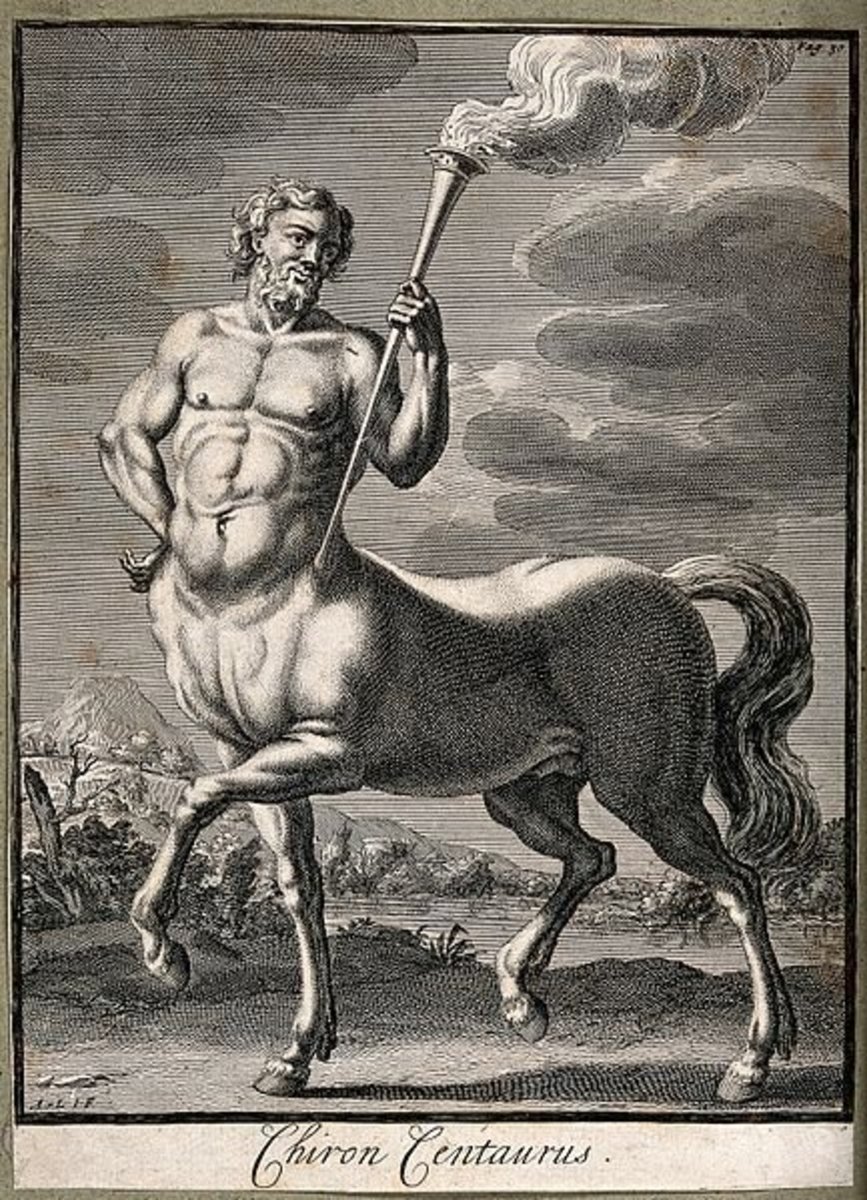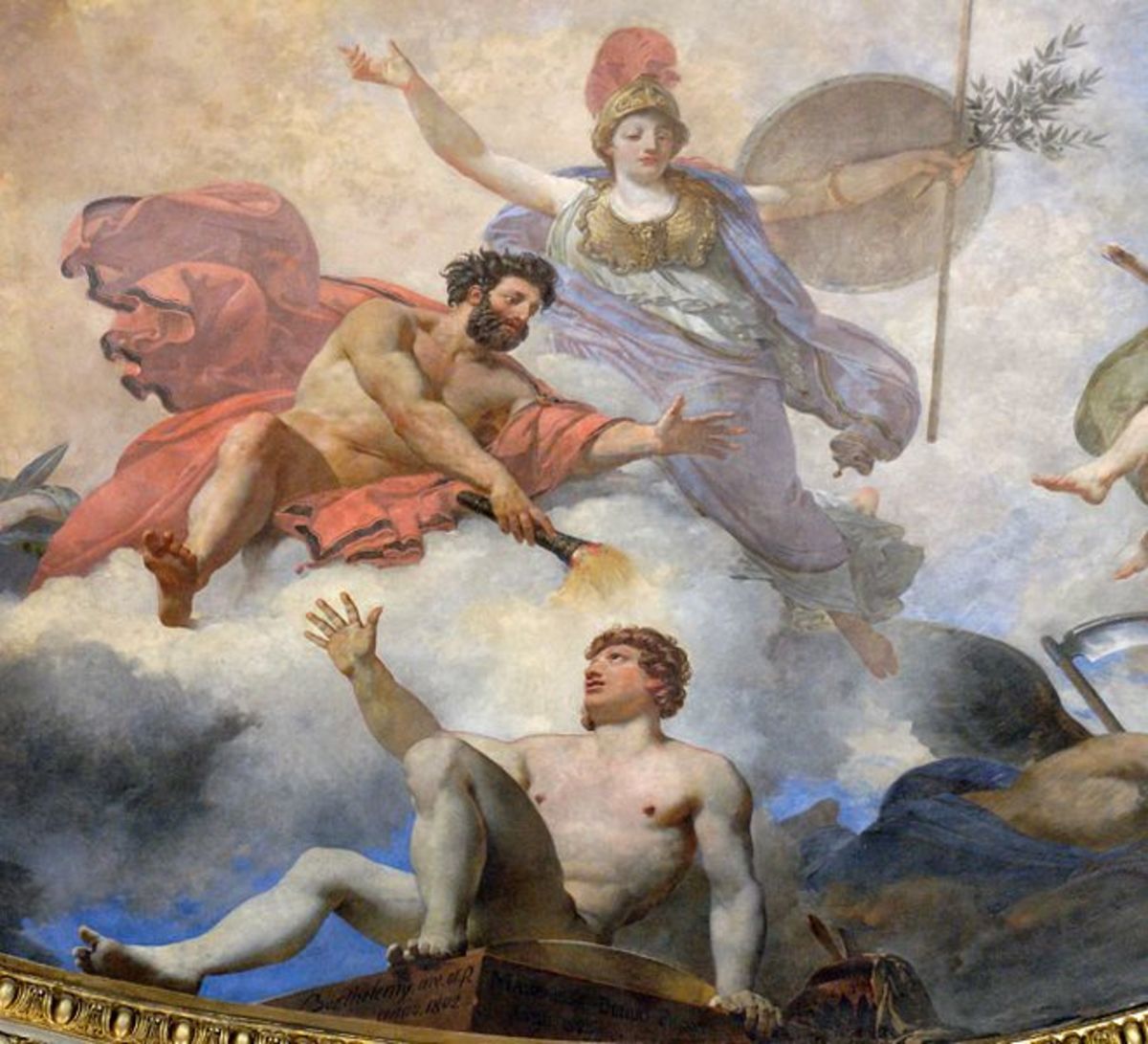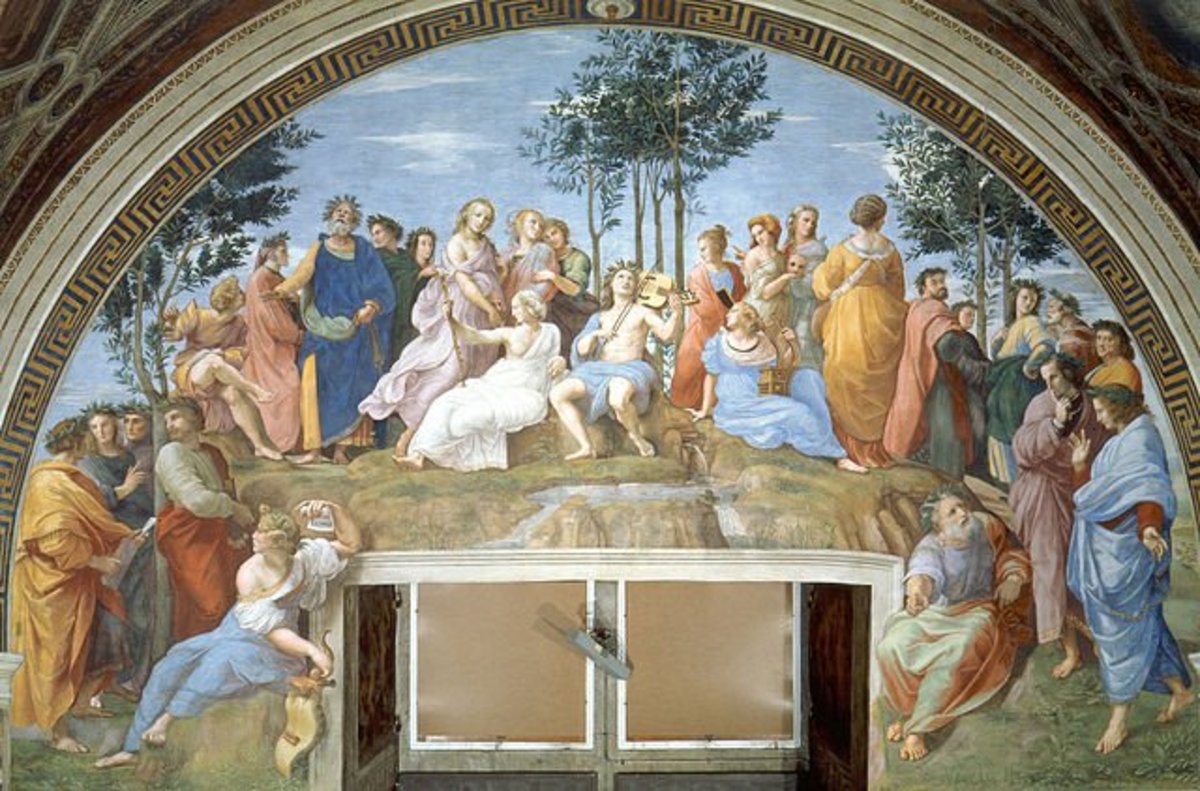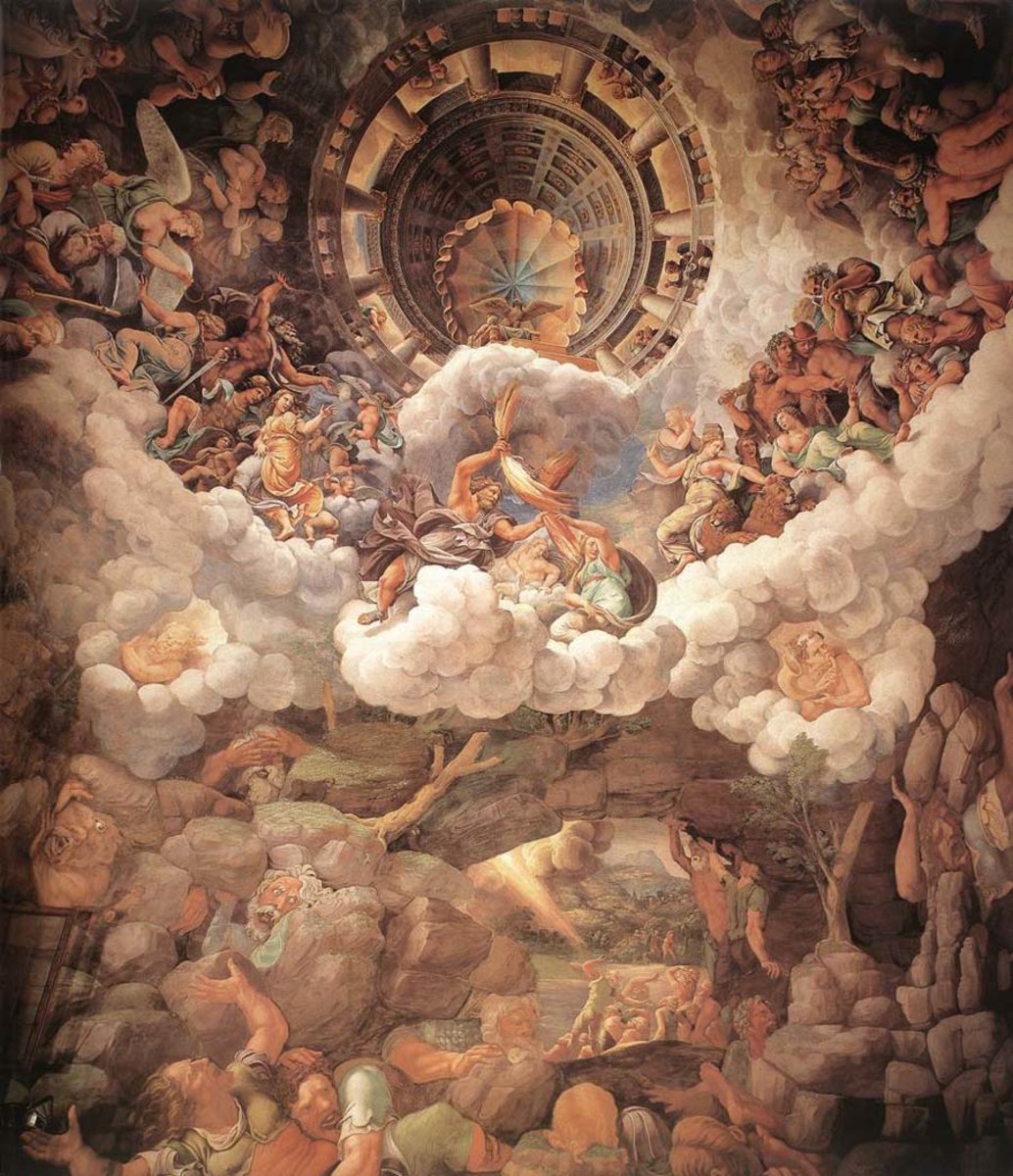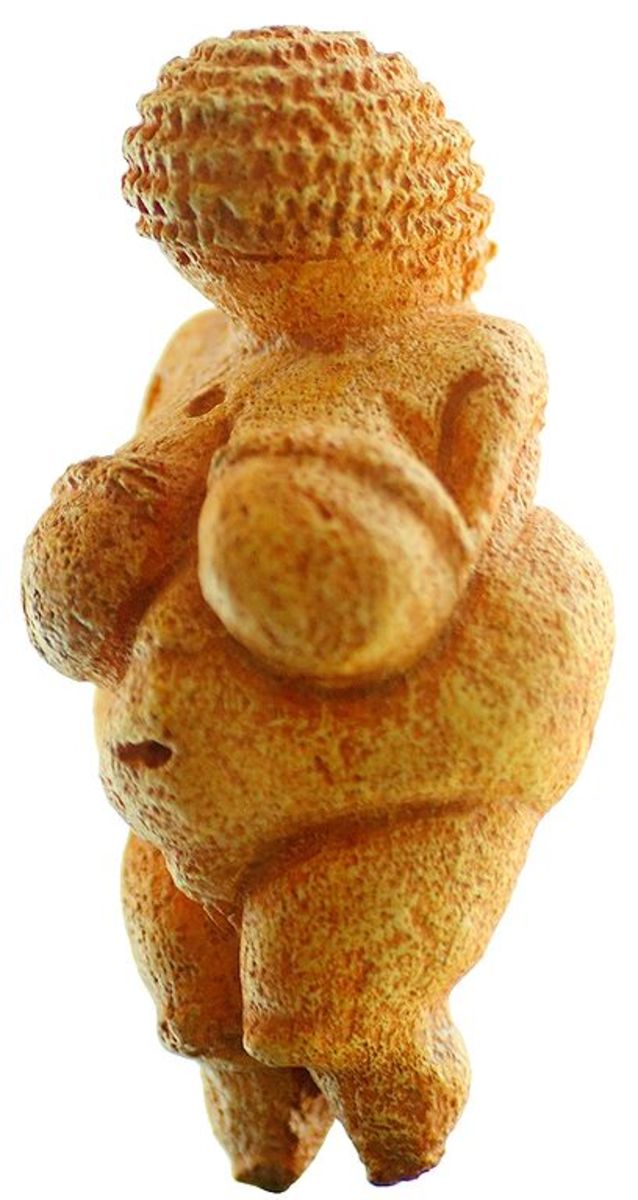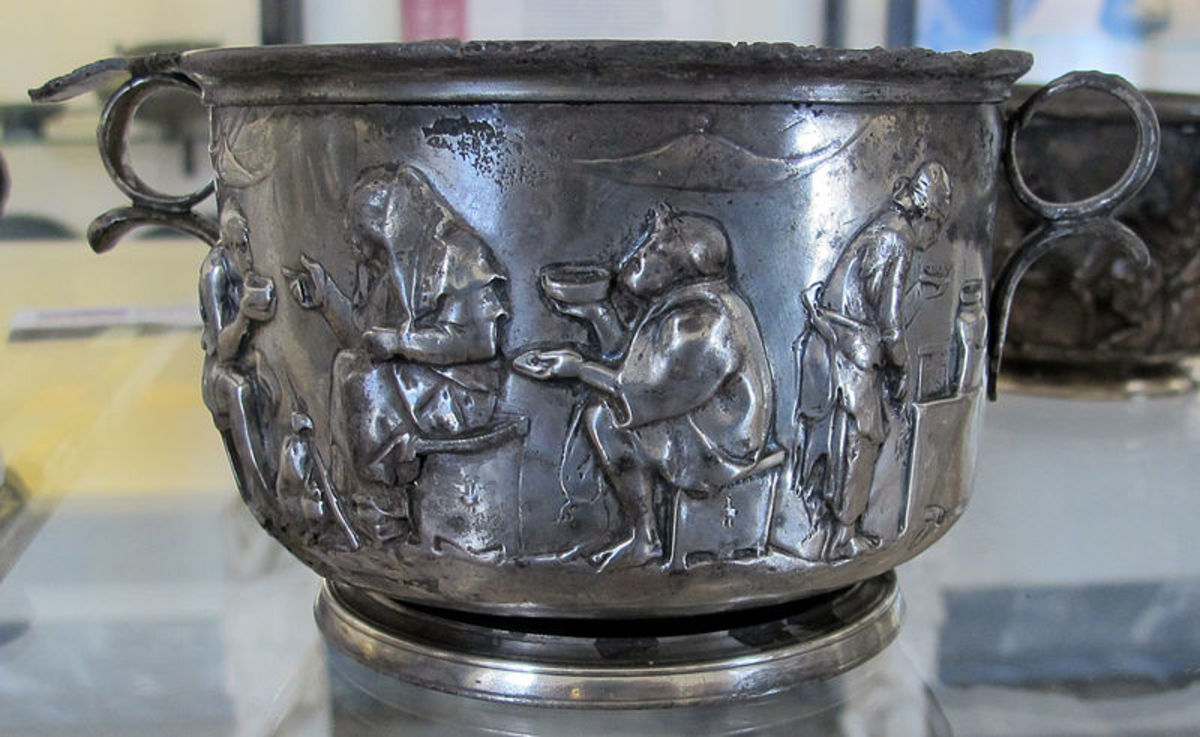The Muses of Greek Mythology
These days when people use the term 'muse' it is quite likely that they are referring to the person who has inspired an artist to paint a particular picture or a fashion designer to create a particular clothing collection. When we are suddenly inspired to write a story or compose a piece of poetry we might say that we have been 'taken by the muse.'
But who were the original Muses, the figures from Greek Mythology upon whom philosophers and poets relied for their inspiration?
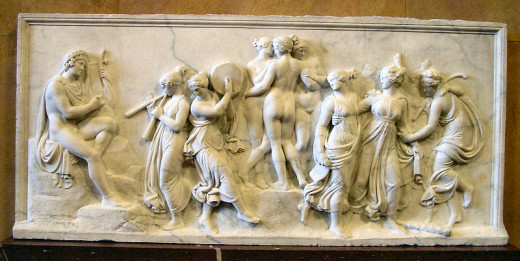
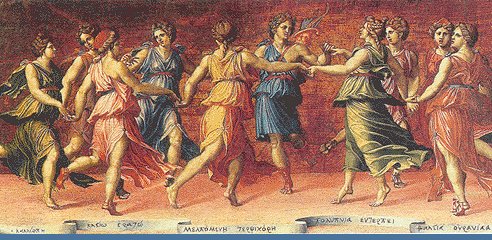
The Muses
As often occurs when dealing with ideas that have been around for thousands of years, there are varying accounts about the number of Muses but it is widely accepted that there were nine. They were the daughters of Zeus, king of the gods and the female Titan, Mnemosyne. The traditional account of the Muses is attributed to the poet, Hesiod who lived at some time between 750 BCE and 650 BCE. His poems and songs survived, not through written accounts, but as part of the oral tradition, passed down through the generations until they were finally committed to paper centuries after his death.
The Muses, named by Hesiod, are Calliope, Clio, Euterpe, Thalia, Melpomene, Terpsichore, Erato, Polymnia and Urania. They were reputed to have been born at the foot of Mount Olympus but Mount Helicon was believed to be sacred to them and it is there that Hesiod claimed they imparted the gift of song to him.
The Muses sometimes came to earth to sing at the funeral of notable mortals or to join in the celebration of marriages between goddesses and men but spent the majority of their time singing and dancing at the feasts of the gods on Mount Olympus. Their activities were presided over by the sun god Apollo, who was also responsible for music.
What Did The Muses Oversee?
Each of the Muses was believed to have an influence over a different sphere of the creative arts. The meaning of the name of each Muse is shown in brackets:
- Calliope (Lovely Voice) - epic poetry
- Clio (Renown) - history
- Euterpe (Gladness) - flute-playing.
- Thalia (Good Cheer) - comedy
- Melpomene (Singer) - tragedy
- Terpischore (Delighting in the Dance) - dancing
- Erato (Loveliness) - lyric poetry
- Polymnia (Many Songs) - hymns
- Urania (Heavenly One) - astronomy.
- Thalia - comedy
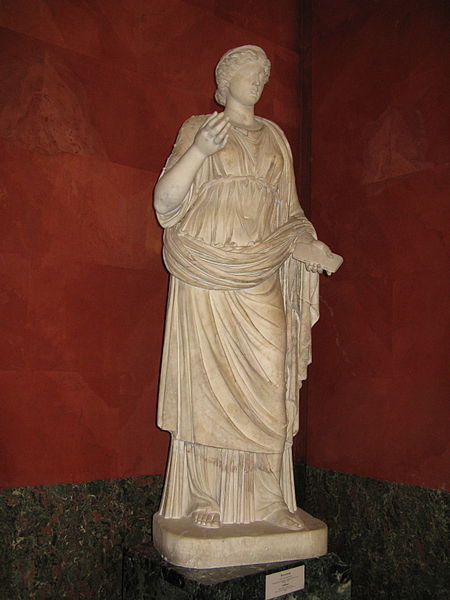
Calliope
Believed to be the wisest of all the Muses, Calliope is supposed to have provided inspiration for Homer, the Ancient Greek poet credited with the composition of the epic works, The Odyssey and The Iliad. In Greek mythology, Calliope is the mother of Orpheus who travels to the Underworld to plead for the return of his beloved Eurydice who died after falling into a nest of vipers. According to myth, Calliope bore several sons whose father was Ares, the god of war. Another son, Linus, is associated with different tales of tragedy. According to legend, he was either killed by Heracles in retaliation for criticism of his music-playing or killed by Apollo who was jealous of his musical ability.
Probably the best known of the Muses, Calliope has provided inspiration for a number of modern writers and has appeared in books by Neil Gaiman and Terry Pratchett. There is also a steam-powered musical instrument, the calliope which is named after this Muse.
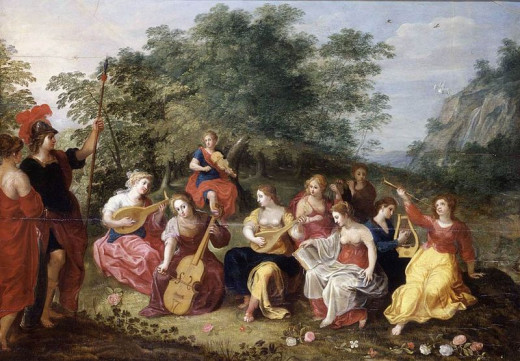
Depictions Of The Muses
The Muses have, quite fittingly, provided inspiration for sculptors and painters for thousands of years. Each of the Muses is depicted in a way which highlights her importance to a particular area of the arts and learning. Calliope is usually depicted with a book or scroll in her hand, to emphasise her exalted position as Muse to the poets. Clio, who features in The Allegory of Painting by Vermeer, is generally shown with a parchment or stone tablets. Thalia is shown with the comic mask associated with theatre, while her sister Melpomene holds the tragic mask. Erato is often seem with the lute, which is her emblem. Euterpe carries a flute in many depictions of her. Terpischore is often presented holding a tambourine or other instrument while Polymnia's emblem is a veil. Urania is often shown with a compass or a globe, symbolising that astronomy is her domain.
Did You Know?
The word 'museum' originally meant 'seat of the Muses' and was used to indicate a centre dedicated to learning.
Greek lyric poet, Sappho, was often referred to as 'The Tenth Muse'. She was believed to have been born at some time around 620 BCE.
The Muses were once believed to have turned a group of young women into magpies after defeating them in a contest.
The Sirens who were believed in Greek mythology to be half-bird, were said to be the daughters of one of the Muses.
When the Sirens and the Muses competed against each other in a singing contest, the Muses won. They plucked out the Sirens' feathers to make themselves crowns in celebration of their victory.
Alternative Ideas About The Muses
Myth can be a tricky thing and the fact that information about these ancient beliefs was traditionally passed down through the oral tradition means that different versions of the story were being told by the time they were first written down. Greek traveller, Pausanias who lived in the second century AD refers to three original Muses. These were Melete (Practice), Mneme (Memory) and Aoede (Song). Mount Helicon was reputed to be the sacred site of these three Muses and Pausanias tells of mortals making sacrifice to these goddesses there.
An even later account of the lives of the Muses suggests that there were originally four of them - Melete, Mneme, Aoede and Thelxinoe.
Source of Information
An invaluable source of information in writing this hub was the Cassell Dictionary of Classical Mythology (1988) by Jenny March.

